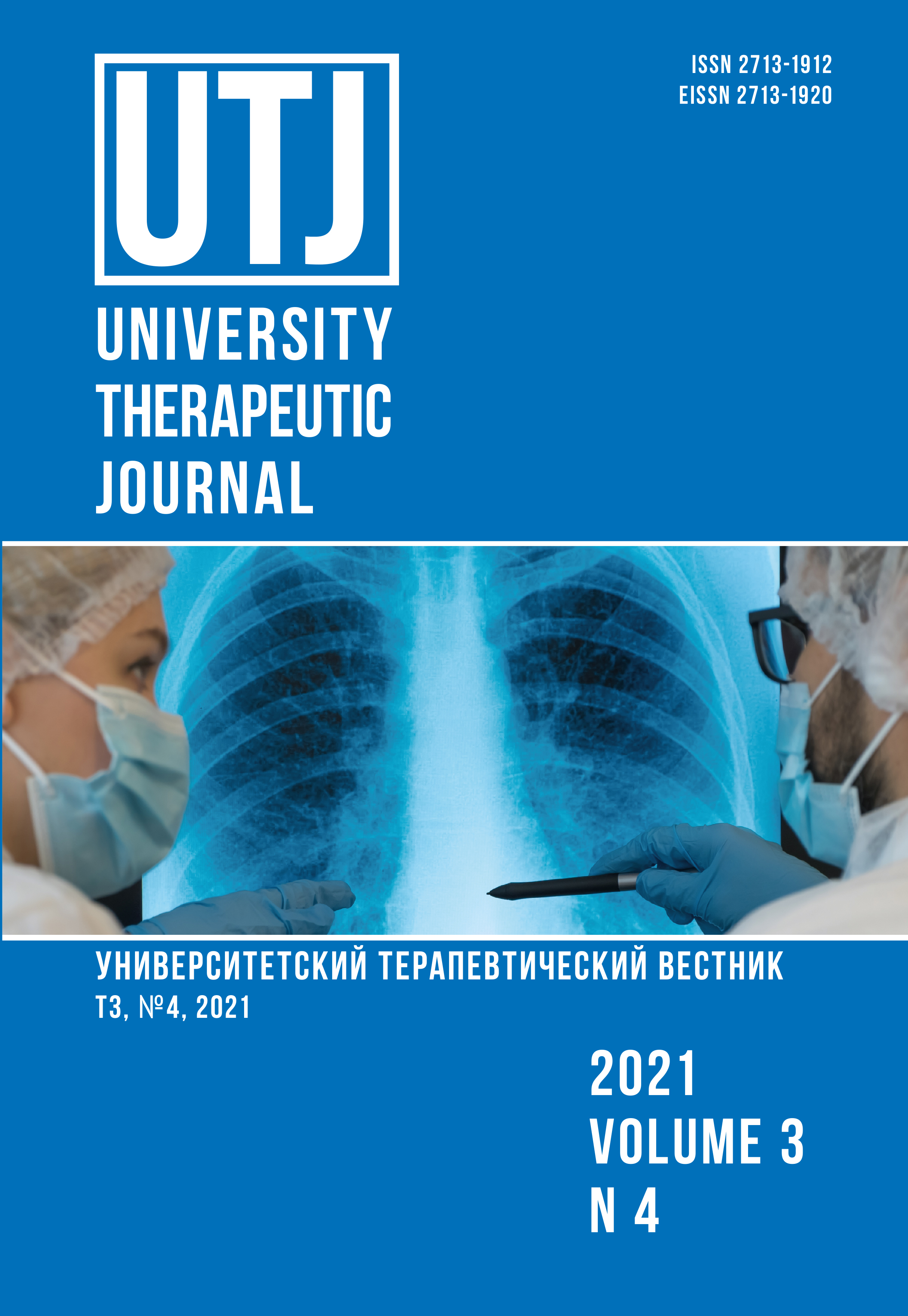Medical social and ethnic characteristics pregnancy and labor in women rural population of the republic of Khakasiya
Abstract
The article presents the results of a retrospective analysis of medical records reflecting the course of pregnancy, childbirth outcomes and the condition of newborn children. In total, 1097 cases of childbirth were analyzed among women living in the Askiz district of the Republic of Khakassia (829 births among women of the indigenous population and 268 representatives of the migrant population). It was revealed that women of the indigenous population (Khakassoks) have a higher parity of childbirth, which is due to the national tradition of a large family. There is a high level of extragenital pathology, inflammatory diseases of the pelvic organs, and artificial termination of a previous pregnancy in both ethnic groups. The Khakass women were more likely to have premature births (p<0.001); in women of the newcomer population - weakness of labor (p=0.041), large fetus (p=0.029), ruptures of the soft tissues of the birth canal (p=0.032) and operative delivery (p=0.014). The data obtained should be taken into account when developing routing of pregnant women and reducing perinatal morbidity and mortality.


